Considering that WordPress is used by 34.8% of all the websites and that it has a market share of 61.6%, you are probably using WordPress host as well.
But have you given a thought about the fact that WordPress CMS is the main target of hackers? During one of WordPress’ worst security breaches, over 18 million users were reportedly affected. It is also a matter of deep concern that up to 73.2 percent of well-known WordPress-powered websites have vulnerabilities.
So what measures are you undertaking to safeguard your site? Have you already installed an SSL Certificate? Are your plugins secure and updated? Have you enabled a firewall? What is the strength of your existing password? Do you have a site backup? Do you download only from trusted sources?
These are some of the questions that you need to ponder upon to secure your WordPress.
These are not the only ways to secure your site but still are good strategies. Let’s quickly run you through all the 6 steps.
1. Get an SSL certificate
Why get an SSL certificate?
Let’s find out why!
Building customer trust or obtaining their confidence in your business website is a must. The best way to accomplish credibility is to install SSL certificate.
You will find different types of SSL certificates, but purchasing a wildcard SSL certificate is cheaper than purchasing several single-domain SSL certificates. It can secure a base domain and unlimited subdomains.
Apart from offering tough security, some benefits of getting a wildcard SSL certificate include unlimited subdomains’ security, Unlimited Server Licensing, Free Reissue, SHA-2 Algorithms Support, and Easy Installation.
2. Update & secure your WordPress plugins
Although plugins are great for easing the load of some tasks and adding functionality to your WordPress site, unfortunately, these plugins can be used against you. As per stats, anywhere between 54 percent and 55.9 percent of all WordPress attacks can be caused by plugins.
To update your WordPress plugins, go to the WordPress dashboard, and navigate to “Installed Plugins” from the “Plugins” section. Here, you can check for the latest updates.
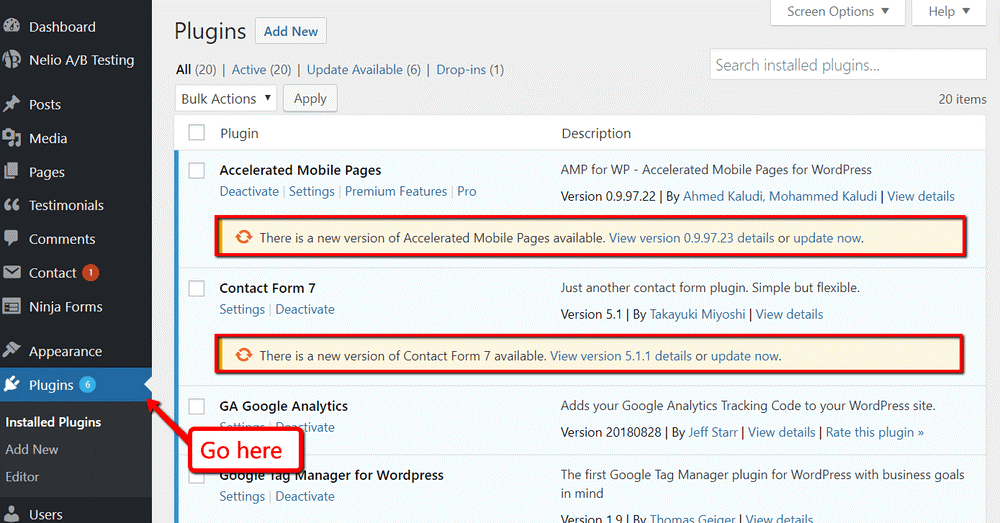
Click the checkbox to the left of the “Plugin” column header and select all plugins. From there, choose “Update” in the “Bulk Actions” drop-down menu and click “Apply” to complete the updates.
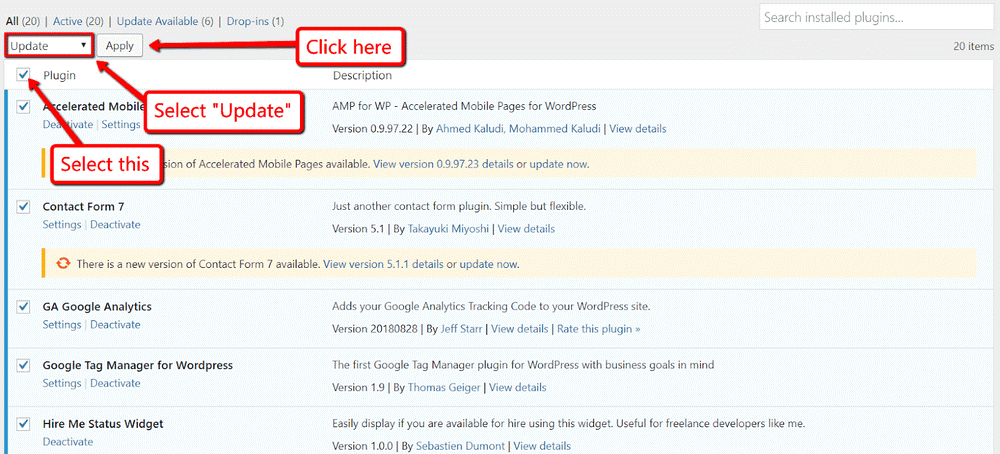
To secure your plugins, you can use the Plugin Security Scanner. It auto-detects existing security issues with your plugins.
After installation, go to your WordPress dashboard to gain access to the plugin under the “Tools” section.
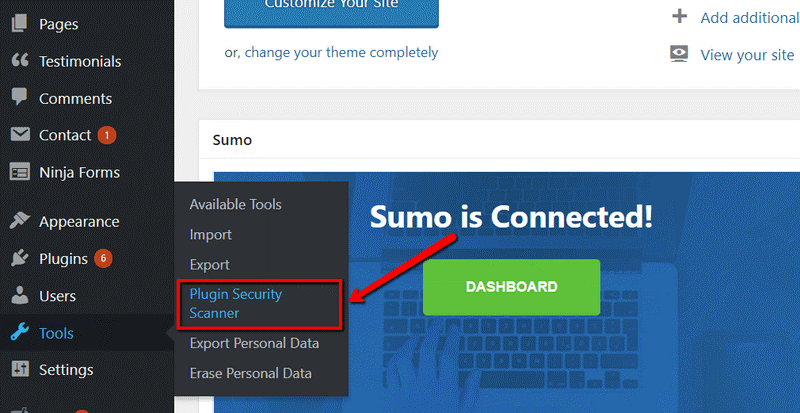
It will scan your plugin library for any known vulnerabilities. Also, set up real-time email alerts that trigger whenever the tool detects new vulnerable plugins.
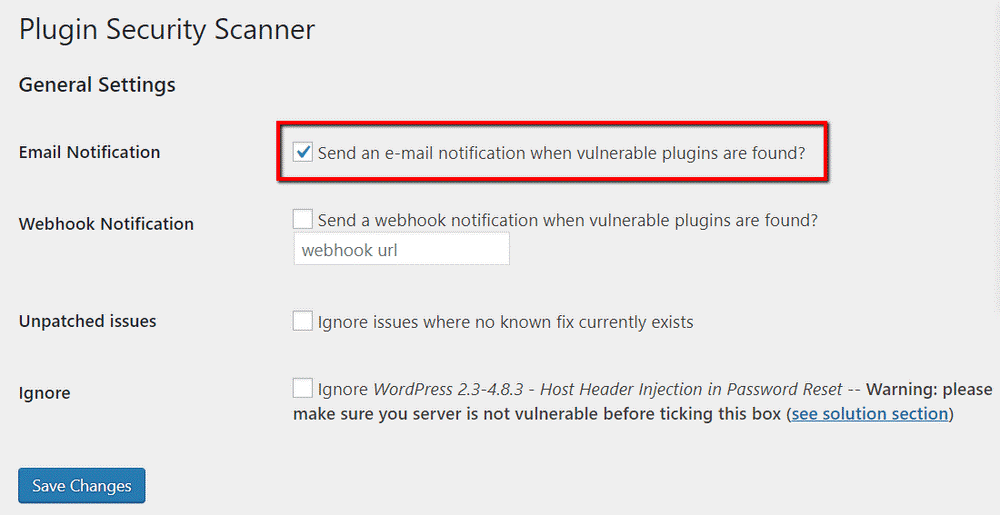
3. Enable a WordPress firewall
Users at times are unable to update their WordPress version due to in-capabilities with plugins or themes leaving their WordPress sites vulnerable to hacks.
Enabling a Web Application Firewall can be of great help to prevent hacks. It can filter out bad requests, including hack attempts, exploits, and DoS, while allowing the good ones to go through. It will also optimize your WordPress site performance.
The image below shows the Quttera Web Application Firewall Statistics for 2018. The web application firewall blocked 617,074 attacks.
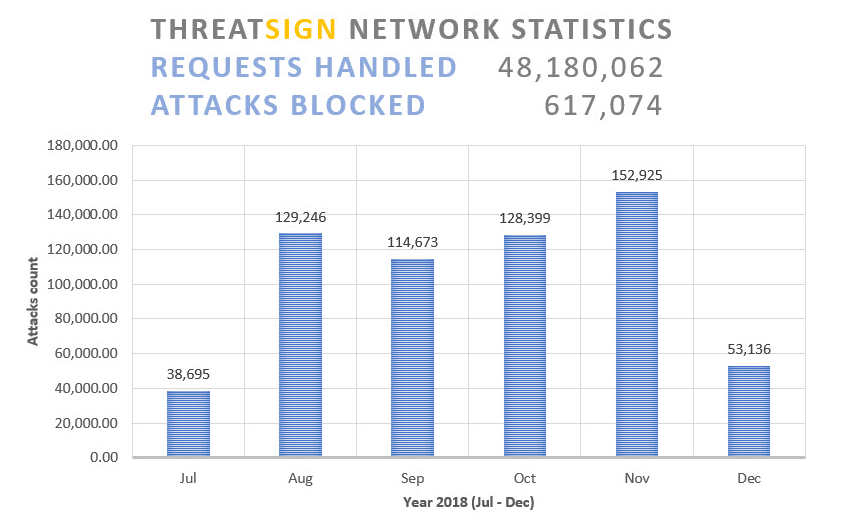
4. Strengthen your password
Test your password strength on platforms like BetterBuys. You can see the maximum time it would take to crack your password. If it is weak, consider creating a stronger password that is hard to crack.
A password containing 8 characters or more that is a combination of letters, numbers, and symbols amounts to be a strong and secure password.
Never use the same password for two website logins. To better manage your passwords, get a password tracking tool like 1Password. Avoid using your cat’s name or favorite beverage or band name at any cost.
5. Backup your WordPress website
As per Acronis World Backup Day Survey 2019, concern about security and safety is the top reason businesses backup data. 61% are concerned about ransomware; another 61% are concerned about social engineering attacks, and 60% about crypto jacking.
In case your site gets hacked, a backup is one of the first things you’ll need to restore your site.
To summarize, you need to back up your WordPress website as frequently as you can.
There are services and plugins VaultPress, UpdraftPlus, WP-DB-Backup, and BackupBuddy that will run automated backups for you.
Just create a schedule for the plugin to do the work. Make sure that the plugin is backing up the entire site, including all databases and directories.
6. Download only from trusted sources
It is tempting to download all the features and functionalities of premium plugins/themes for free. But hackers usually fill them with malware.
And a site that contains malware will easily get blacklisted, even from search engines and browsers. Go for a trusted theme from a trusted source. Some sources you can trust include Theme Forest, Code Canyon, and ElegantThemes.
Winding-Up
Always try to stay a step ahead when it comes to your website security. Start by obtaining an SSL Certificate and getting everything updated and finding a backup solution.
Also, enable a firewall, reset your passwords, and be cautious while downloading plugins and themes. Even after following all these steps, your site might end up getting hacked. The only way out is to keep yourself updated on the latest security measures and try them out to reduce the risk.
Don’t leave your doors open for the bad guys to compromise your site. Give your hackers a hard time. Chances are, they won’t attempt to hack your site if it is beefed up with security.
